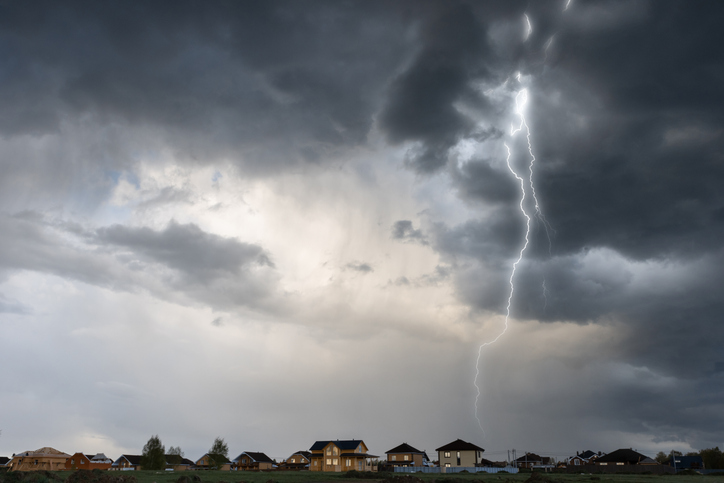Sudden changes in temperature or weather patterns can trigger symptom episodes in people living with systemic mastocytosis (SM).
Symptom triggers differ from person to person, but environmental factors such as changes in the weather can be significant.
You can avoid such triggers by planning ahead and preparing for different eventualities to protect yourself from a challenging symptom burden.
What is SM?
Systemic mastocytosis (SM) is a rare hematological disease characterized by mast cells that are overactive and accumulate in different parts of the body such as the bone marrow, liver, spleen, gastrointestinal tract and lymph nodes.
The effect of weather on SM symptoms
When changes occur rapidly in temperature, humidity or air pressure, mast cells become more reactive, triggering symptom episodes.
Read more about SM signs and symptoms
Sudden changes from hot to cold or in weather patterns can affect the functioning of mast cells, causing them to release more inflammatory chemicals. Fluctuations in barometric pressure can affect the distribution of mast cells among connective tissue and organs, causing increased inflammation. For example, when a storm is coming, and the air pressure drops, it can activate mast cells to release histamine.
Symptoms triggered by changes in heat, cold, humidity or air pressure can include headache, fatigue, skin irritation, flushing, itchiness, hives and bone and joint pain.
How to limit the effects of weather and temperature changes
Be prepared. If you’re living with SM, constantly check the weather forecast to stay informed and prepared. As weather can be unpredictable, it is best to stay up to date systematically.
Consult weather maps in your area via an app on your phone. Learn to read air pressure maps, and recognize the levels of barometric pressures that you are most sensitive to.
Talk to your doctor about medication options such as antihistamines and mast cell stabilizers. They block mast cells from releasing histamine and reduce the effect of weather-related triggers. Carry your medication with you, and carry an EpiPen for anaphylaxis.
Take different clothing options. Dress appropriately, and take clothing appropriate for hotter or colder temperatures that may occur. Layers are most effective in adapting to changing temperatures.
Limit your movements at times when the weather is changeable. It is better to be flexible in your plans to avoid triggering a symptom episode than to push through and suffer the consequences of a sudden change in temperature or air pressure.
Plan for extreme temperature changes. In high temperatures, it is important to stay hydrated and avoid overheating.
In cooler temperatures, use skin moisturizers to help protect your skin from drying out and becoming itchy. Protect your throat and mouth from cold drafts, especially when outdoors, to help prevent reactions to a drop in temperature.

